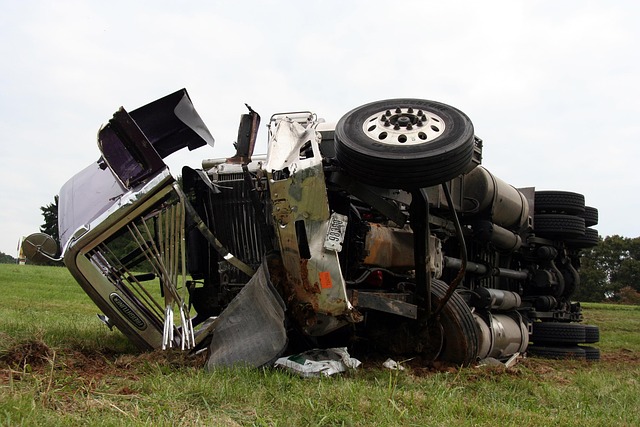Register Car California: Step-by-Step VIN Verification Guide
Learn how to register your car in California with our step-by-step guide. First, understand the state’s requirements for car registration, including necessary documents for VIN verification. Next, per…….

Learn how to register your car in California with our step-by-step guide. First, understand the state’s requirements for car registration, including necessary documents for VIN verification. Next, perform a Vehicle Identification Number (VIN) check, choose the right registration type, and submit your application along with any required fees to the DMV. Ensure a smooth process by accurately completing each step, especially during the crucial vin verification phase.
- Understand California Car Registration Requirements
- Gather Necessary Documents for VIN Verification
- Perform Vehicle Identification Number (VIN) Check
- Choose an Appropriate Registration Type
- Submit Application and Pay Fees to DMV
Understand California Car Registration Requirements

Before registering your car in California, it’s crucial to understand the state’s specific requirements. One critical step is ensuring accurate and up-to-date vehicle identification number (VIN) verification. The VIN is a unique code that identifies your vehicle, and its integrity is essential for proper registration. In California, this process often involves submitting the VIN to official databases for validation.
Additionally, you’ll need to meet all legal standards for safety and emissions testing, as well as provide proof of insurance. A mobile VIN verification service can simplify this by offering on-site inspections and instant results, ensuring a smoother registration process. This is particularly beneficial for those who prefer the convenience of having these services performed in their location rather than at a traditional registry office.
Gather Necessary Documents for VIN Verification

Before registering your car in California, you’ll need to gather essential documents for VIN verification. This process ensures that your vehicle’s unique identification number (VIN) is accurate and matches the make, model, and year specified. For a smooth registration experience, prepare the following documents:
1. A valid driver’s license or state-issued ID card.
2. The vehicle’s certificate of title (or proof of ownership). This can be obtained from previous owners if applicable.
3. Your current car insurance policy.
4. A completed California Vehicle Registration Application form.
5. A mobile VIN verifier or a certified mechanic to conduct a vin inspection, ensuring the VIN is correct and readable. In some cases, you may need to provide additional documentation, such as maintenance records or proof of safety inspections.
Perform Vehicle Identification Number (VIN) Check

Before registering your car in California, it’s crucial to perform a Vehicle Identification Number (VIN) check. This step ensures that the vehicle is genuine and has not been reported as stolen or had its identity altered. You can easily verify the VIN by using a trusted mobile vin verifier or conducting a vin inspection at a local DMV office.
During the process, cross-reference the information from the vehicle’s registration documents with the data retrieved through a vin inspection. This double-check helps to prevent fraud and ensures that all records are accurate. Once you’ve confirmed the VIN’s validity, you’ll have one less hurdle when it comes to registering your car with the California DMV.
Choose an Appropriate Registration Type

When registering your car in California, understanding the different registration types is crucial. The choice depends on factors like vehicle age, use, and ownership status. For instance, private vehicles typically require a standard registration, while commercial or out-of-state vehicles might need specialized options.
One essential aspect to consider during this process is vin verification. A mobile vin verifier can streamline the initial steps by performing a vin inspection on-site, ensuring that your vehicle’s unique identification number (VIN) is accurate and matches the specifications. This is particularly useful for those in a hurry or who prefer a hassle-free experience.
Submit Application and Pay Fees to DMV

After gathering all the necessary documents, it’s time to submit your application and fees to the California Department of Motor Vehicles (DMV). This crucial step involves filling out Form DV-140, which is the Application for Title and Registration. Here, you’ll provide detailed information about the vehicle, including its make, model, year, and unique Vehicle Identification Number (VIN). A key part of this process is ensuring accurate VIN verification, which can be facilitated by a mobile vin verifier or through a vin inspection service to confirm the vehicle’s identity and history.
Along with your application, you’ll need to pay the required fees, which include registration costs and any additional taxes applicable to your vehicle. The DMV offers several payment methods, so be sure to have your preferred option ready. Once your submission is complete and fees are paid, the DMV will process your request, and you’ll receive your vehicle’s title and registration documents in the mail within a few weeks.
Registering a car in California involves understanding specific requirements, gathering essential documents for VIN verification, and choosing the right registration type. After completing these steps and passing the VIN check, you’ll be well on your way to securing your vehicle’s official status. Remember, the process is straightforward when you have all the necessary information.







